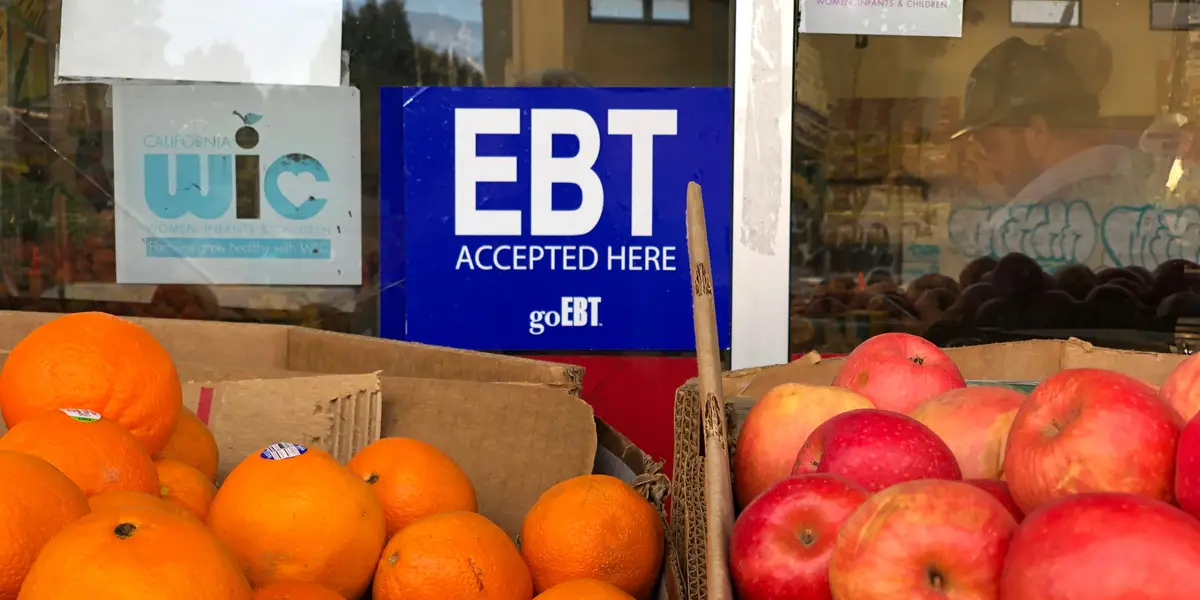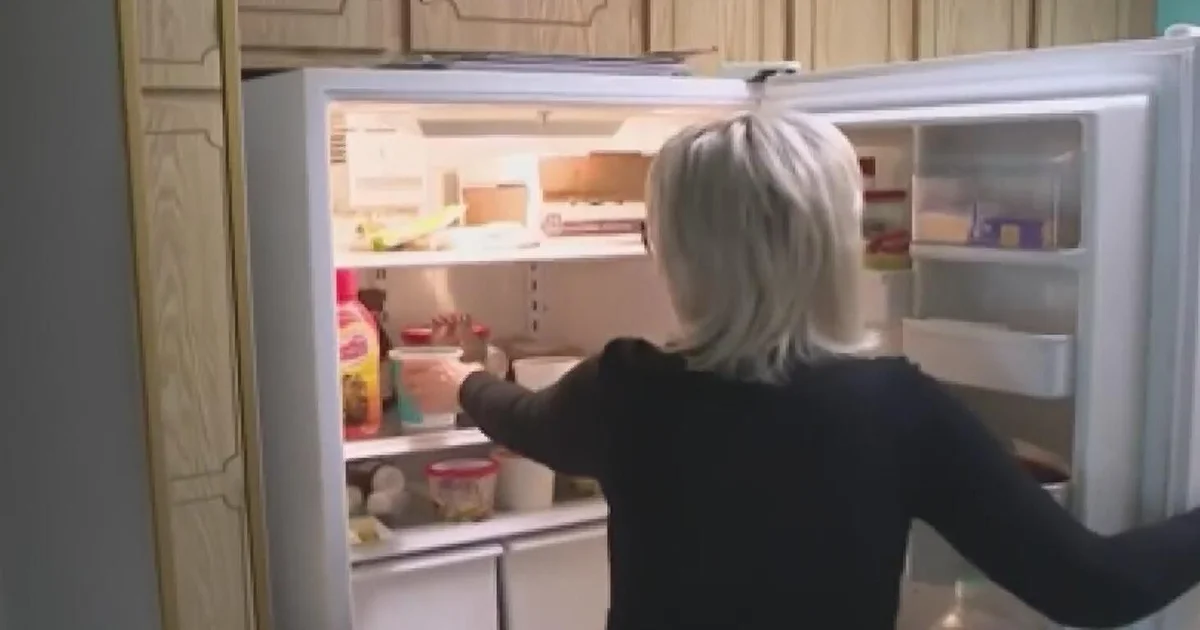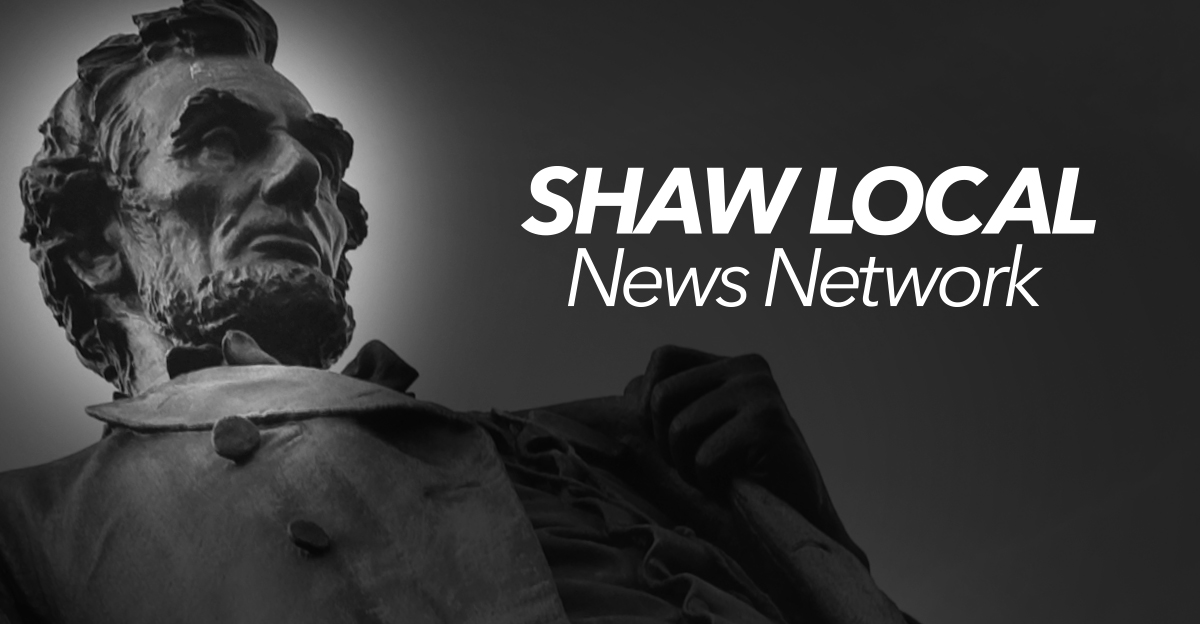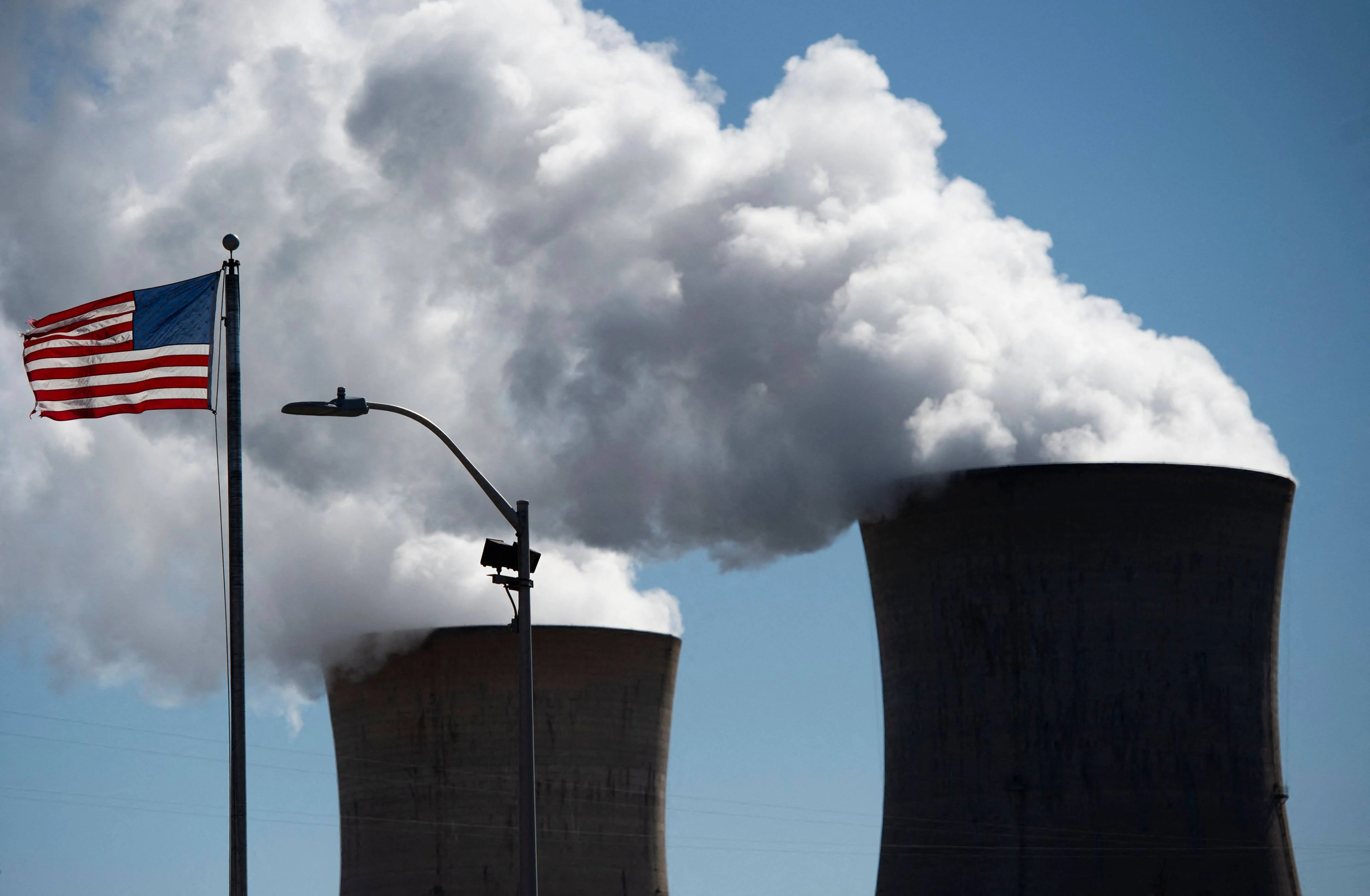Copyright Business Insider

States are preparing to hit pause on the Supplemental Nutrition Assistance Program as the government shutdown approaches its fourth week. Pennsylvania and Texas warned that benefits wouldn't go out, barring a prompt end to the shutdown. "November 2025 SNAP benefits cannot be paid," an update from the Pennsylvania Department of Human Services, "Starting October 16, SNAP benefits will not be paid until the federal government shutdown ends and funds are released to PA." A similar warning from Texas Health and Human Services confirms, "SNAP benefits for November will not be issued if the federal government shutdown continues past Oct. 27." State governments in Minnesota, Wisconsin, New York, Colorado, Florida, California, and more have issued similar warnings for beneficiaries. SNAP is federally funded but managed and distributed at the state level. As the nation's largest food safety net, SNAP helps 42 million low-income Americans afford groceries. A pre-shutdown memo from the US Department of Agriculture says the program has enough in the bank to fully distribute October's checks, but a longer shutdown could mean beneficiaries see smaller benefit amounts or delayed checks next month. "If the current lapse in appropriations continues, there will be insufficient funds to pay full November SNAP benefits," Acting SNAP Head Ronald Ward said in a letter to regional program directors. The letter, which is dated October 10, was seen by Business Insider. Ward said the program is working on a "contingency plan," and directed states to delay sending their regular record of eligible SNAP households to vendors, which would give the program flexibility to delay or pause benefits next month if needed. SNAP costs about $100 billion each year in federal funds to operate — which translates to monthly checks of roughly $25 to $1,700, depending on a household's income and number of members. Related stories Business Insider tells the innovative stories you want to know Business Insider tells the innovative stories you want to know Some states have higher SNAP enrollment than others. Data collected by the US Department of Agriculture shows that about 12% of Americans were receiving benefits as of May 2025. Stakes are high for low-income Americans A disruption to SNAP funding could have devastating impacts for low-income individuals. The money can't be used to buy household goods, but it's often a lifeline to families that need a boost to afford essential groceries. The program's qualification threshold follows the federal poverty line — which is about $15,000 annually for a single person — but varies slightly by state. "We still have birthdays to celebrate," Judith Murray, a parent who receives $1,174 in monthly SNAP for her seven-person family, previously told BI. "We still have Thanksgiving to do and other holidays. When you see me out there buying a birthday cake with my SNAP benefit card, just try to understand that I don't want to let my little ones down any more than you do." The White House announced last week that it will funnel tariff revenue to bridge funding gaps for the Special Supplemental Nutrition Program for Women, Infants, and Children (WIC) during the shutdown — though the program said November benefits are in jeopardy. The Trump administration has not made a similar commitment for SNAP and did not respond to Business Insider's request for comment. When the shutdown ends, beneficiaries can still expect SNAP changes. President Donald Trump's spending plan, which he signed into law in July, will reduce funding for federal nutrition aid like SNAP by nearly $200 billion over the next decade. The plan will also require nondisabled adults without dependents to fulfill work requirements until they reach age 64 to qualify for aid, up from the current cutoff age of 54. The Congressional Budget Office estimated that over 2 million Americans could lose SNAP coverage with this adjustment. With Senate Republicans and Democrats still in a stalemate over healthcare funding, it's unclear when the government will reopen. The longest-ever shutdown in 2018 lasted 35 days. At the time, SNAP avoided a lapse in benefits by paying funds early, causing a longer-than-usual gap between checks. It's unclear if the program will adopt the same strategy in 2025. Money for other safety net programs, like Medicaid and Social Security, are funded separately from SNAP and will be distributed as normal. This story has been updated.



